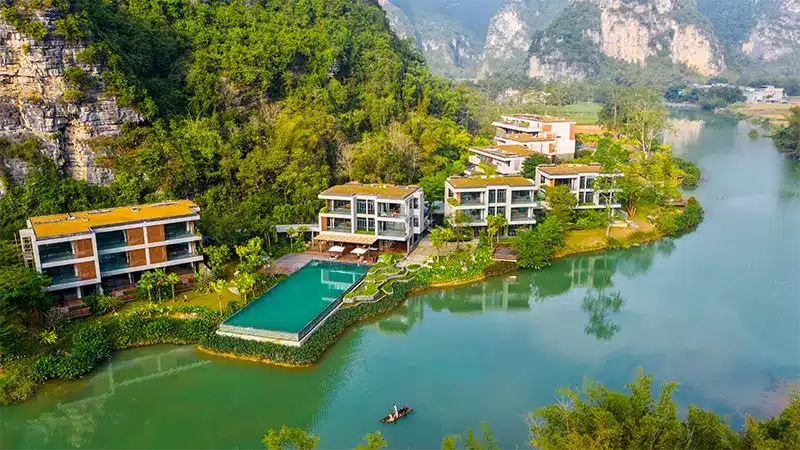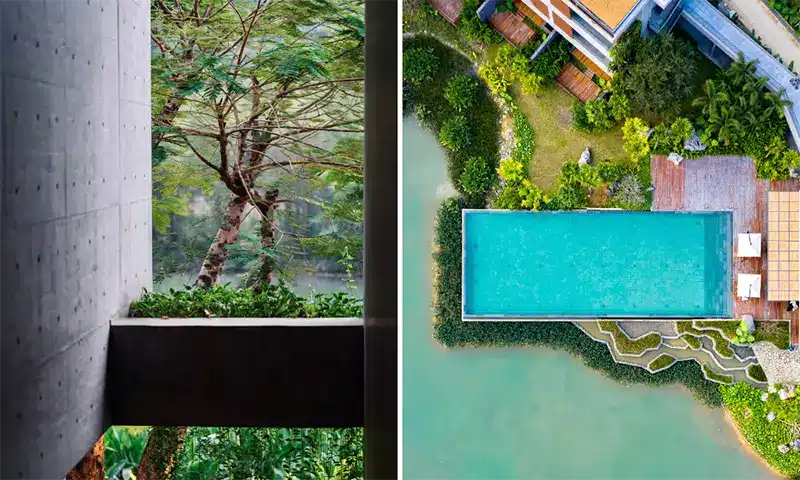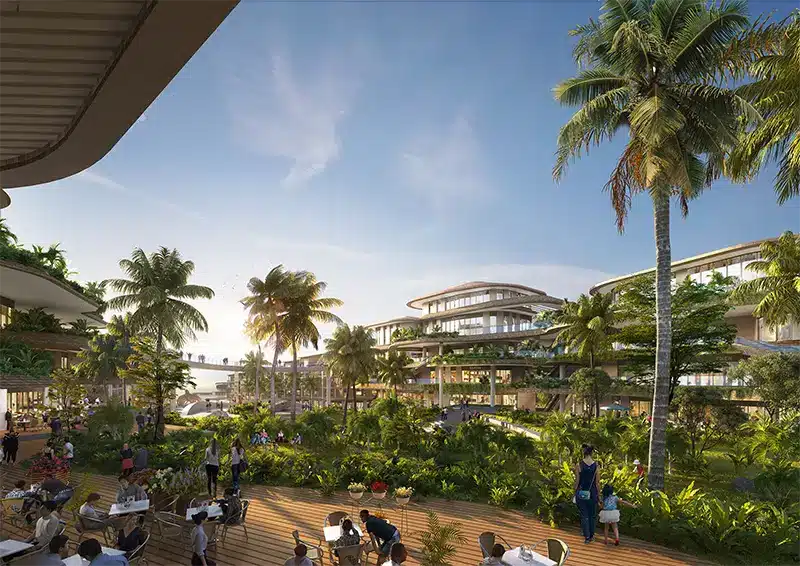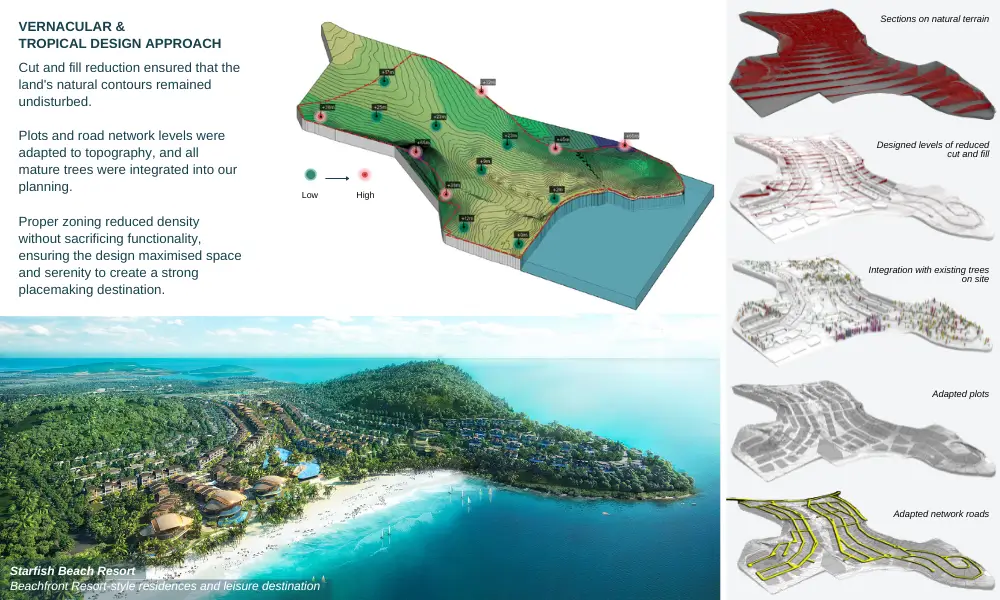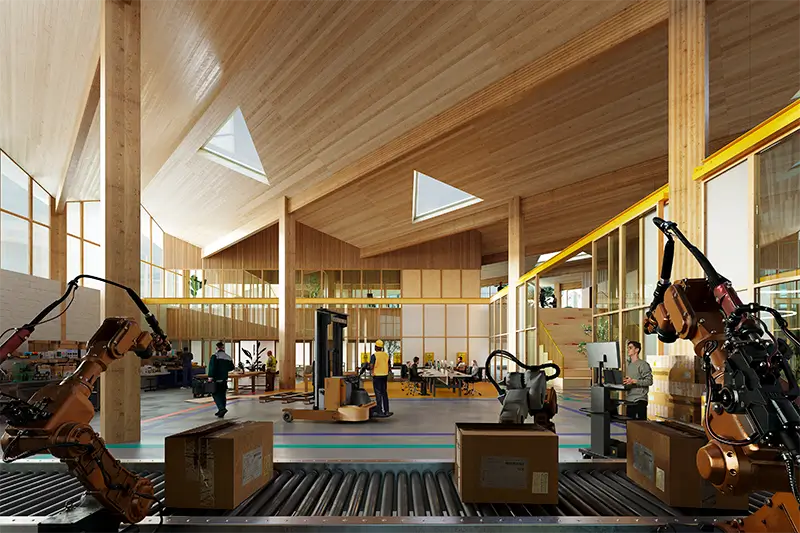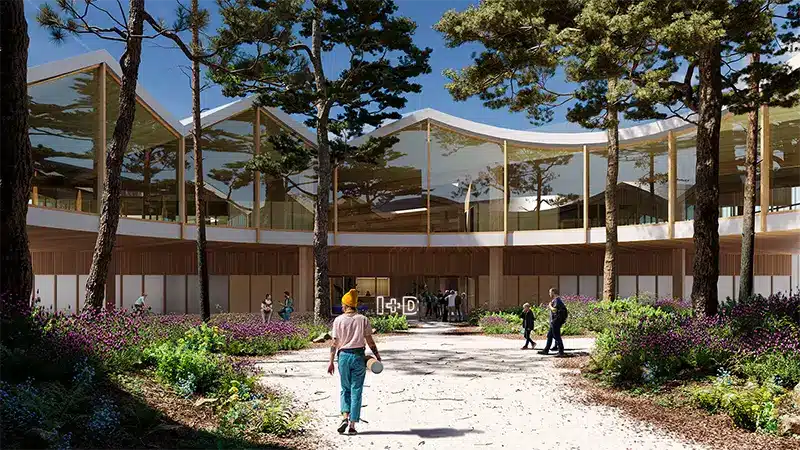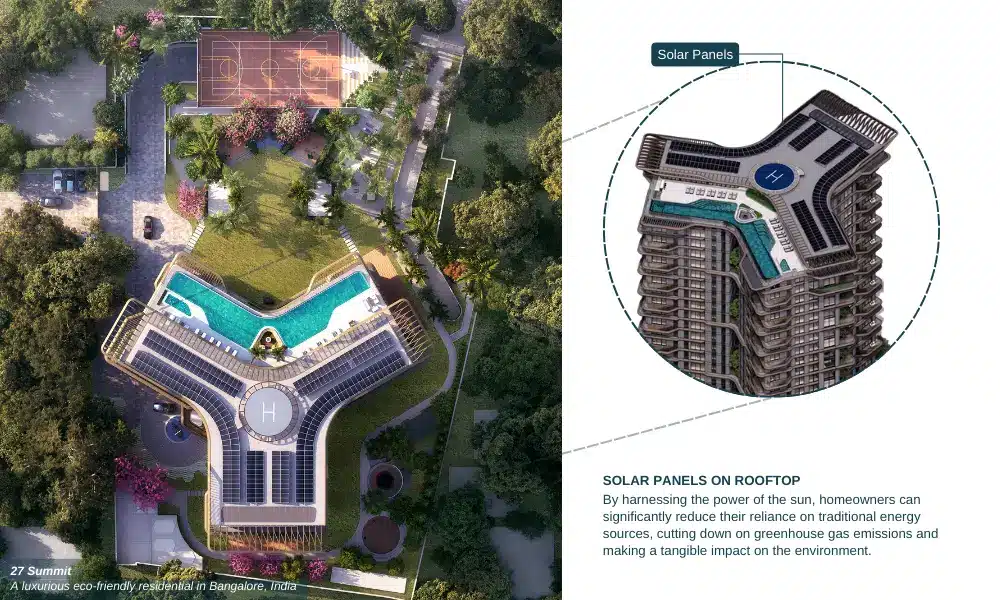Celebrating World Environment Day: Sustainable Architecture Design to Build a Greener Future
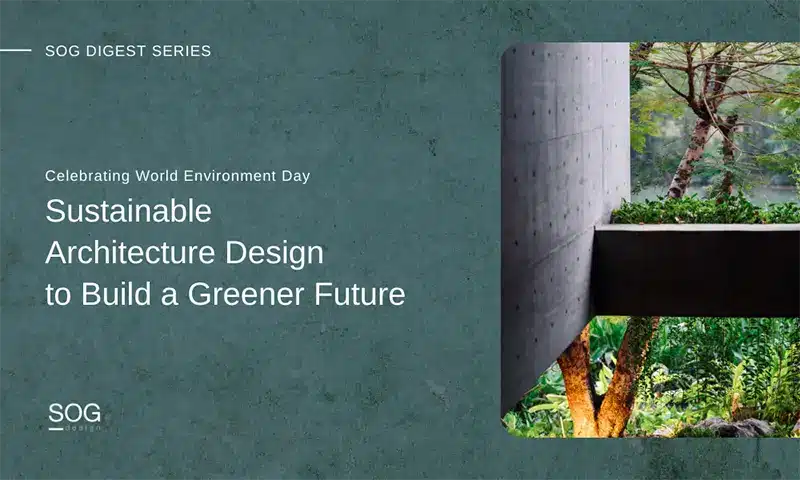
Architects are actively addressing the consequences of global warming by embracing new methods and technologies to construct sustainable and environmentally conscious structures.
World Environment Day is a vital reminder of the urgent need to protect and preserve our planet. At SOG design, integrating sustainable practices to minimise our environmental impact is our guiding principle for every project we undertake worldwide.
In this article, we highlight how architectural design can positively impact the environment and society.
Defining Sustainable Architecture
Our design for LUX resort and villas respectfully followed the river’s sinus curves and embraced natural topography.
One key tenet of sustainable architecture is energy efficiency. This involves incorporating passive design elements like strategic window placement, insulation, and natural ventilation. Such solutions help to reduce reliance on artificial heating and cooling. Renewable energy sources like solar and wind power enhance a building’s eco-friendliness.
Sustainable architects also strongly emphasise material selection, favouring natural, locally sourced, and recycled resources over energy-intensive synthetic materials. This lowers a structure’s carbon footprint, supports local economies, and reduces waste.
Importance of Sustainable Architecture
The design process behind our built environment has never been more critical, especially given pressing environmental challenges such as climate change and resource depletion.
By embracing sustainable design principles, we can create structures that minimise their environmental footprint and actively enhance the quality of life for their occupants.
At the heart of sustainable architecture is the concept of sustainable development – meeting the needs of the present without compromising the ability of future generations to meet their own needs. This holistic approach considers the entire life cycle of a building, from material sourcing and construction to energy efficiency and end-of-life disposal.
For Starfish Beach Resort, we preserved the natural environment of Phu Quoc Island through a vernacular and tropical design approach.
Beyond the physical structure, sustainable architecture recognises the importance of integrating green spaces and preserving the natural environment. This can take the form of rooftop gardens, permeable paving, and the protection of existing flora and fauna.
By blending the built and natural worlds, sustainable architecture creates functional, restorative, and rejuvenating spaces.
75 Envases features a wooden modular construction that is renewable and reusable.
Studies have shown that occupants of sustainable buildings experience improved physical and mental health. This is due to factors like better indoor air quality and access to natural light.
Ultimately, embracing sustainable architecture is not just a matter of environmental responsibility but an investment in our communities’ long-term prosperity and well-being.
Green Design Solutions & Approaches
Sustainable design solutions are crucial for creating eco-friendly, energy-efficient buildings that minimise environmental impact. By incorporating renewable energy sources, recycled materials, and passive design strategies, we can construct beautiful and kind structures for the planet.
Using solar panels and other renewable energy systems is essential to sustainable design. Photovoltaic panels harness the power of the sun to generate clean, renewable electricity, reducing our reliance on fossil fuels.
Using solar panels in the rooftop of 27 Summit.
Rainwater harvesting systems and natural landscaping further enhance the environmental quality of a building, conserving precious water resources.
Sustainable materials, such as recycled or reclaimed wood, play a vital role in construction. These materials reduce waste and contribute to a building’s overall aesthetic and character.
Natural lighting and passive design strategies, like strategic window placement and insulation, can significantly improve energy efficiency and reduce the need for artificial heating and cooling.
The biophilic design approach integrates natural elements into the built environment to enhance well-being and sustainability. Adaptive reuse and renovation transform existing structures into functional spaces, promoting energy efficiency and preserving architectural heritage.
Steering A Greener Future with SOG design
As we commemorate World Environment Day, it’s crucial to reflect on architecture’s significant role in the environment and human well-being. This day reminds us of our collective responsibility to promote sustainable practices in our field.
By embracing sustainable approaches, architects can contribute to a greener future. As stewards of the built environment, we promote sustainable structures that harmonise with nature, conserve resources, and create healthier, more liveable spaces for future generations.
Happy World Environment Day!

